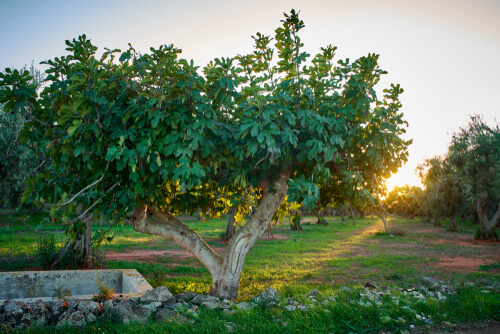
Figs are one of the oldest fruit-bearing trees known to mankind, and they are also one of the healthiest fruits that you can add to your diet. This has made fig trees popular all over the world, where they can be used in a multitude of recipes, desserts, and preserves – or just eaten right off the tree.
It’s a common myth that fig trees are one of the hardest trees to grow, but gardeners are often surprised to find that this isn’t the case when we’re talking about the common fig tree. In fact, they grow happily in most climates and can thrive for decades if they are grown under the right conditions, and it’s easier than you might think.
If you want to grow fig trees, start off with existing trees: It can save you a lot of time and get you to the exciting harvest period much sooner.
Here are 8 steps for planting & caring for fig trees in your garden
Step 1: The Common Fig Tree
Even though there are several different types of fig trees out there, the common fig tree is the one that’s most commonly seen in home gardens all over the world because of the fact that it’s one of the easiest ones in the fig-family to grow.
Other types of fig trees that aren’t the common fig tree have very special requirements to start growing, and pollination requires the touch of an expert – or very specific elements (such as bee and wasp species) that people just don’t have in their gardens and likely aren’t going to, either.
If you want to plant a fig tree, stick to the common fig tree type and it should be more effortless to get them going than you might have thought. When looking at common fig tree types, there’s more than one type out there too that luckily prefer the same growing conditions – such as Celeste figs or Brown Turkey figs.